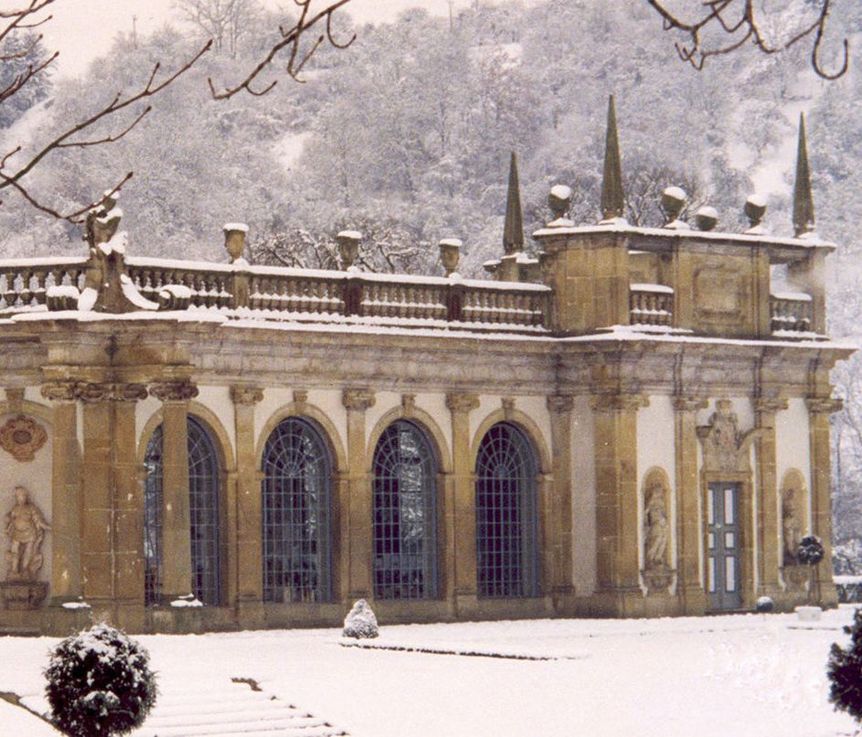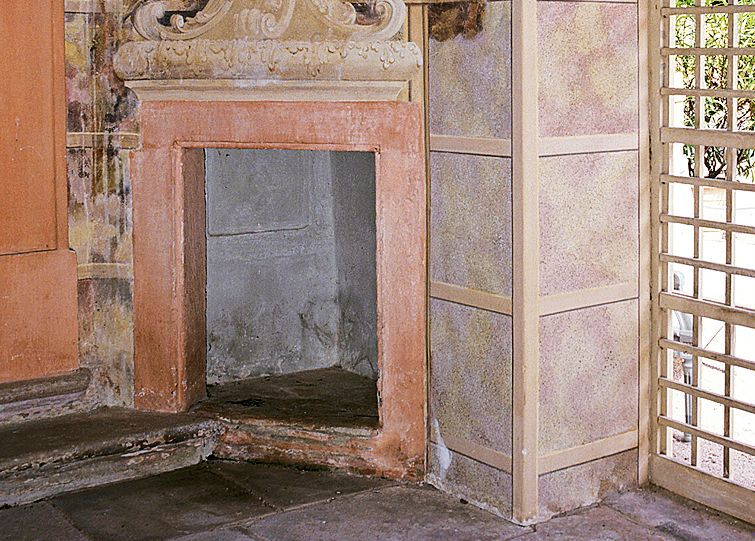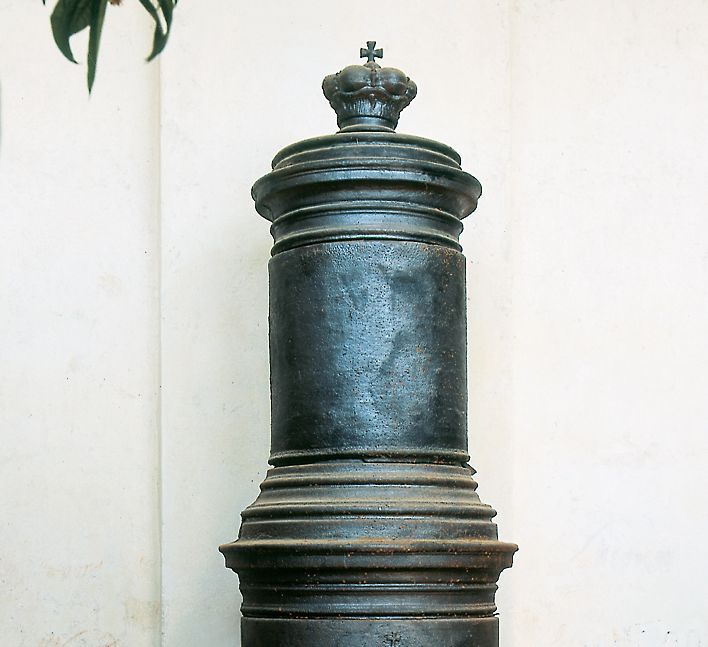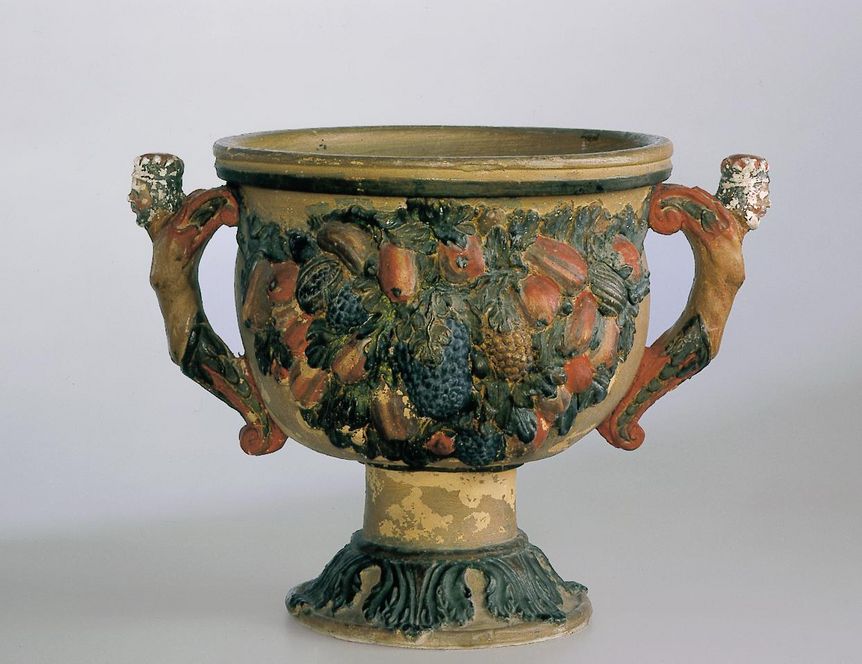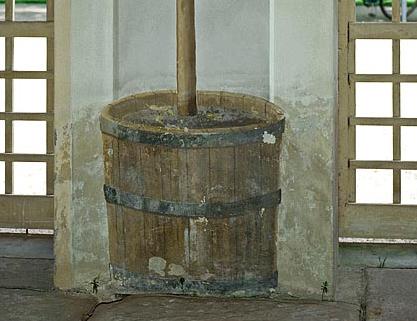All in one spotOrangeries for exotic plants
What to do with exotic plants when winter arrives in Germany? Get them out of the cold, water and warm them a little. In order to protect the precious plants and care for them in the winter months, orangeries were constructed at Favorite in Rastatt, as well as in Weikersheim and Schwetzingen.




